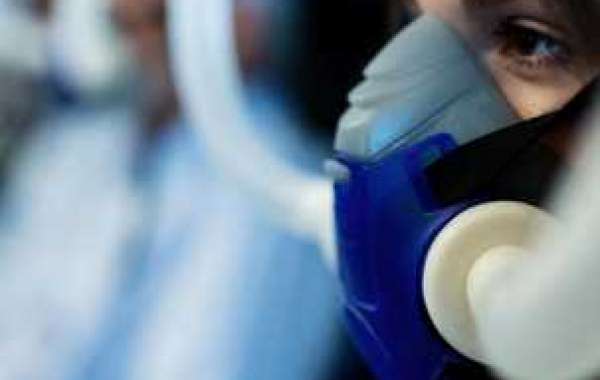Matrine (dodecahydro3a,7a-diaza-benzo[de]anthracen-8-one) (Figure 1) is an alkaloid isolated from the dry root of Sophora flavescens, a plant indigenous to China [1]. In vitro studies have shown that Matrine possesses a wide range of pharmacological effects, such as anticancer, anti-inflammatory, antibacterial, antiparasitic, antivirus, and antifibrosis properties [2–4]. In Traditional Chinese Medicine (TCM), Matrine is used to treat hepatitis, cardiac diseases, skin diseases, and some cancers [5]. It inhibits the proliferation of cancer cells, such as HepG2, Bel7402, HT29, and K562 cells. The involvement of proteins, such as Bax/Bcl-2, Fas/Fas-L, caspase-3, AKT, and JAK2/STAT3, in Matrine-induced apoptosis has been reported [6–10]. Reports on the side effects of Matrine have increased considerably, and this has limited its use in clinical practice. Studies have shown that Matrine exerts hepatotoxic and neurotoxic effects in zebrafish embryos/larvae [11, 12]. In one study, it was reported that treatment with Matrine resulted in severe liver damage in mice [13]. However, another study reported that Matrine had no significant effect on the viability of HL-7702 cells or body weight of mice, suggesting that it may not be hepatotoxic [14]. Thus, there appears to be confusion about the hepatotoxic effect of Matrine, while the underlying mechanism of its toxicity has not been fully elucidated.
To confirm the effects of Matrine on cell cycle, the cell cycle distribution of Matrine-treated cells was analyzed by flow cytometry. As shown in Figures 4(a) and 4(b), exposure of HL-7702 cells to Matrine for 48 h resulted in an obvious increase in S phase cells and a corresponding decrease in G0/G1 and G2/M phase cells when compared with untreated cells. Furthermore, treatment with 2 and 4 mg/mL Matrine for 48 h markedly upregulated the expression level of p53, p-p53, and p21 protein in a dose-dependent manner. Cyclin-dependent kinases (CDKs) complexed with corresponding cyclins were involved in cell cycle progression [43]. As shown in Figures 4(c) and 4(d), Matrine treatment for 48 h led to significant and concentration-dependent upregulations of the expression of cyclin E and downregulation of CDK2 and cyclin A expressions. Together, these results indicate that Matrine induces S phase cell cycle arrest in HL-7702 cells.








